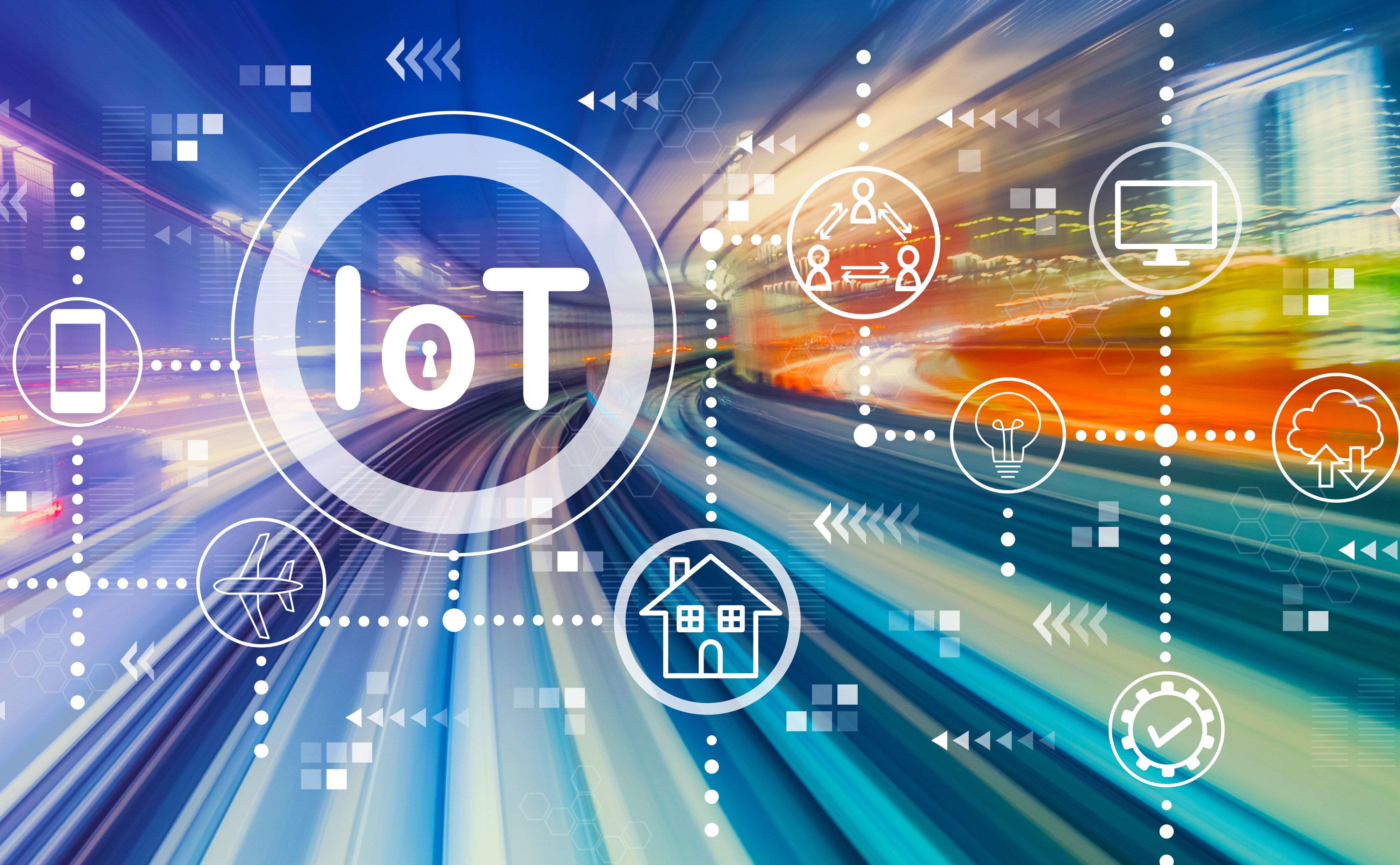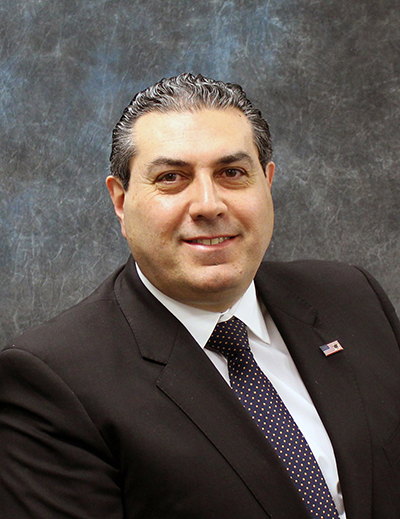Is the edge the next great technological paradigm? Intelligent IoT is changing how humans interact with our environment, our world and our safety

By Pierre Bourgeix
Updated 1:07 PM CDT, Wed July 14, 2021

 YARMOUTH, Maine—Over the past 30 years we have seen the promulgation of edge devices used in the public and commercial arena, including intelligent sensors, cameras, phones, household appliances, medical devices, temperature sensors, door sensors – the list is growing and endless.
YARMOUTH, Maine—Over the past 30 years we have seen the promulgation of edge devices used in the public and commercial arena, including intelligent sensors, cameras, phones, household appliances, medical devices, temperature sensors, door sensors – the list is growing and endless.
We have grown accustomed to the use of these devices to help us conduct our lives and at the same time give us information that helps us make decisions. As these devices have become critical for private use by the general population, they are also now part of the general commercial landscape. The explosion of these devices and sensors have become a reality and are only increasing every year.
Intelligent IoT
The movement toward Intelligent sensors has brought a new sense of awareness surrounding the use of data and metrics that can now help define a new landscape of security and safety. Traditionally, security and life safety systems have relied on passive sensors that produced either an alert or a trigger for either a response or an action to open or close a door. However, within the last 15 years we have seen a remarkable advancement in the production of intelligent sensors tied to machine learning and deep learning solutions. This trend initially was tied to analytics that centered around cameras, which allowed for a deeper understanding of events that took place in time, but, inevitably, it led to the use of sensors to help to triangulate and define the tracking of events to a person.
With the use of access control in harmony with passive sensors and cameras, the paradigm of the edge became a reality in its use in the security and life safety industry. Today, we see thousands of solutions that use AI as the acronym for this conflagration of technology bringing awareness of threat to actionable intelligence.
Harvesting Data
The edge has become the farmland of the modern day. The cultivation of data is the harvest, and the devices are the seed and the plow. The analogy of farming is done to show that we are now at the apex of the new industrial revolution, which has taken us from an agricultural civilization to automation and industrialization to the synthetic data-driven world that takes all that has been automated and makes it intelligent and aware.
Maximizing the use of this data can only happen with appropriate visibility and refinement of the metadata that comes from the edge. A wheel without a cog is simply a wheel. We are at a precipice of technological evolution, and what we do now will define the future of our society.
The edge therefore is about data and intelligence. As we create more advanced ways to define data, we find ways to refine and use that data. For example, an entry to a building uses doors and turnstiles to establish controls to ensure people can easily be either allowed or disallowed to enter the building. This particularly does not give much in terms of information other than when using locks, access control or cameras to give indicators or controls to detect and potentially prevent a non-authorized person to enter a building. However, once again, very little intelligence to determine anything more than that.
As data is the key to metrics and to the ability to determine critical, non-critical as well as business process decisions, the ability to measure that data and quantify and qualify it becomes a greater challenge. Part of the challenge is understanding how it is done. The use of neural networks or inference engines are part of that process.
Steve Caroselli, CEO of Orion Entrance Control Inc., has been a leader in the use of sensor data to help companies define metrics that can be used at the entrance and throughout a company’s facility. Caroselli looks at data metrics from two perspectives: outgoing “push”-type data and internal system real-time “inference engine” decision making.
“Push data solutions are the collection of metrics like occupancy counts, various alarm types, or system health monitoring based on power consumption, data connection points, system chip monitoring and overall system usage over time,” he explained. “One system decision example is overall occupancy on a high-rise observation deck where the system might restrict access at a turnstile entry due to a predetermined level of people allowed on the deck. A people decision based on ‘push data’ would be the decision to service a system based on use counts, or health monitoring alerts to schedule a technician.”
Caroselli continued, “The second data inference engine perspective is machine learning decision making via real-time metrics that come in from a converged sensor array based on LiDAR or Radar data fed into software-based inference engines. This software is trained (millions/a ton of data points) to infer activity and then take real-time action. One example is a tailgate detection system that can make rich data inference decisions as to two or more people entering a door or hallway with a valid credential or one person with luggage or a cart or service animal. A critical distinction of these type of systems is their ability to learn new patterns in the field based on varied passage considerations.”
AI and Beyond
The use of inference engines or neural networks are the foundational elements of what artificial intelligence (AI), machine learning, and deep learning depend on. The acceleration of sensor data in the field that will provide more intelligent information has grown exponentially and will grow to approximately 75.4 billion devices by 2025.
As expectations of clients grow with the propagation of these devices, the importance of how this data is used and what it is used for will be even more important. Between privacy concerns and business use, our world is seeing that “People, Process and Technology” are merged to enhance and define the new roadmap of how we secure our world and keep it safe.
Pierre Bourgeix is Chief Technology Officer and Founder of security consulting firm ESI Convergent, LLC., which recently combined forces with Butchko, Inc. to jointly bring converged physical-cyber security solutions to solve today’s complex challenges. Part one of this two-part article can be found here.
Comments